Family Muscicapidae (Chats, Old World Flycatchers)
Posted: Fri Mar 21, 2014 10:59 am
The Old World flycatcher family Muscicapidae is a large family of small passerine birds mostly restricted to the Old World. The family comprises 18 genera, 117 species, 317 taxa. These are mainly small arboreal insectivores, many of which, as the name implies, take their prey on the wing. Recently, several species of "chats and allies" of the subfamily Saxicolinae were formerly classified in the Family Turdidae and are now included in the Muscicapidae. Similar behaviours and genetic studies are the main causes of this new taxonomy. They belong to the Old World species, and are distributed in Europe, Africa and Asia. Some species are called Scrub Robins, Robin Chats, Flycatchers, Rock Thrushes, Robins, Chats, Stonechats and Wheatears.
The birds of this family are rather small with species ranging from 10 to 22 cm long, and 4/8 to 25/42 grams in weight. They have short bill with wide base and and flattened dorsoventrally, wide gape and well-developed rictal bristles, small and rather weak legs and feet, short to medium-length tail; plumage often dull, predominantly grey or brown, males in some genera brightly coloured. Wings are more or less long and pointed, according to the migratory behaviour of each bird, and its feeding habits.
They are found in forest, woodland, savanna and scrub.
Depending on the species, their nests are either well-constructed cups placed in a tree or cliff ledge, or simply lining in a pre-existing tree hole. The hole-nesting species tend to lay larger clutches, with an average of eight eggs, rather than just two to five.
Some flyctachers in the genus Melaenornis are sometimes placed in the genus Bradornis. However, according to other authorities (Dickinson 2003, Sangster et al 2010), the genus Melaenornis includes Dioptrornis, Bradornis, Sigelus.
Links:
Trevor Carnaby: Beat about the Bush: Birds
The birds of this family are rather small with species ranging from 10 to 22 cm long, and 4/8 to 25/42 grams in weight. They have short bill with wide base and and flattened dorsoventrally, wide gape and well-developed rictal bristles, small and rather weak legs and feet, short to medium-length tail; plumage often dull, predominantly grey or brown, males in some genera brightly coloured. Wings are more or less long and pointed, according to the migratory behaviour of each bird, and its feeding habits.
They are found in forest, woodland, savanna and scrub.
Depending on the species, their nests are either well-constructed cups placed in a tree or cliff ledge, or simply lining in a pre-existing tree hole. The hole-nesting species tend to lay larger clutches, with an average of eight eggs, rather than just two to five.
Some flyctachers in the genus Melaenornis are sometimes placed in the genus Bradornis. However, according to other authorities (Dickinson 2003, Sangster et al 2010), the genus Melaenornis includes Dioptrornis, Bradornis, Sigelus.
Links:
Trevor Carnaby: Beat about the Bush: Birds
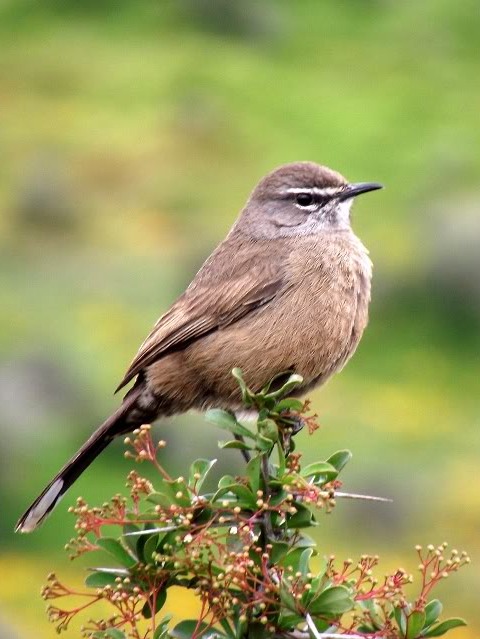 © Ronnie
© Ronnie
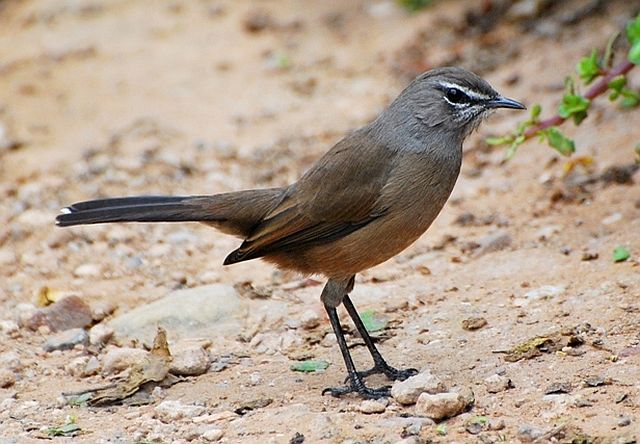 © Mel
© Mel 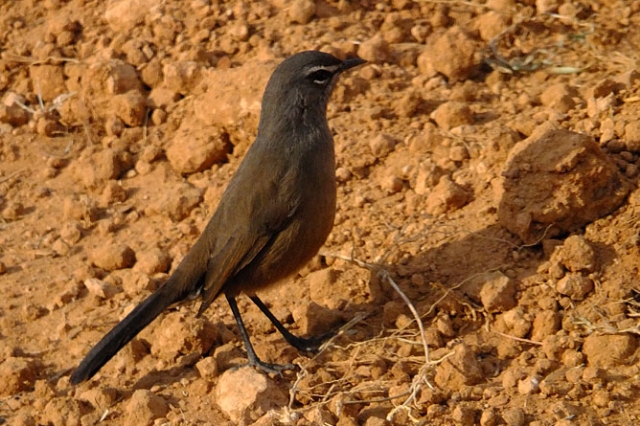 © PJL
© PJL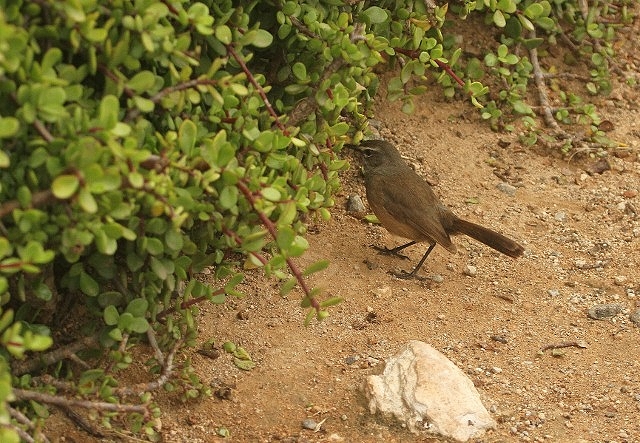 © nan
© nan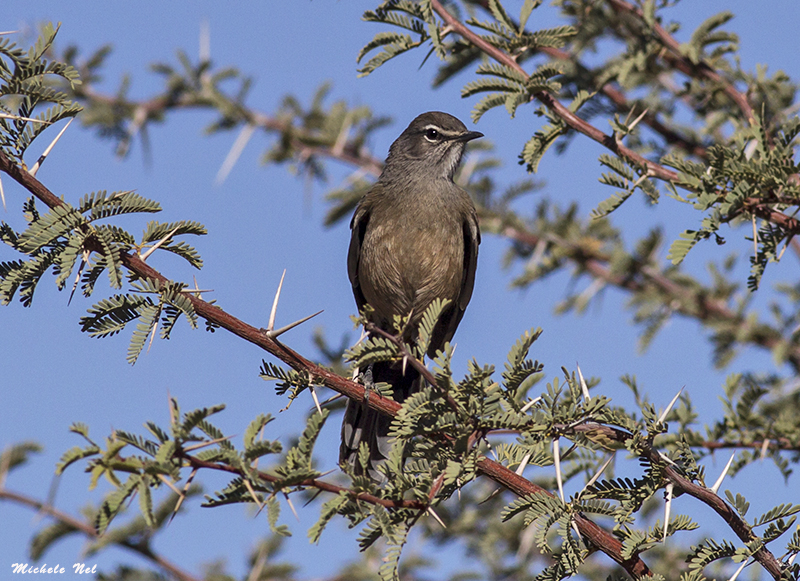 © Michele Nel
© Michele Nel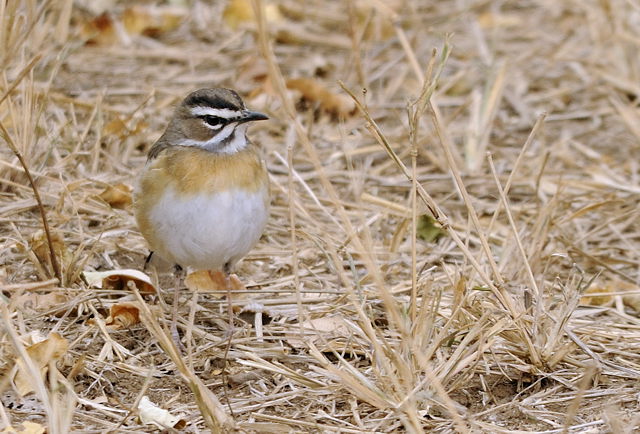 © Dewi
© Dewi © Dewi
© Dewi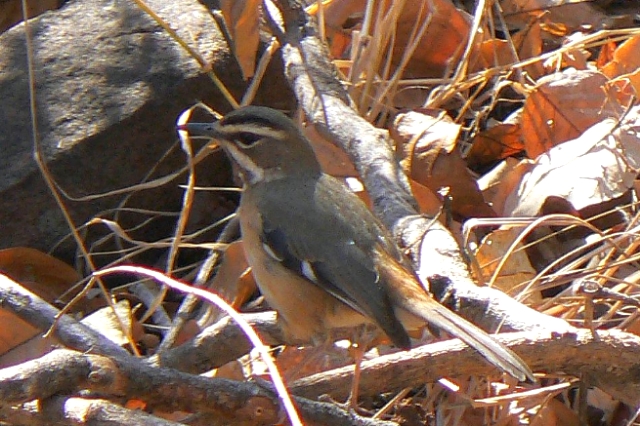 © Toko
© Toko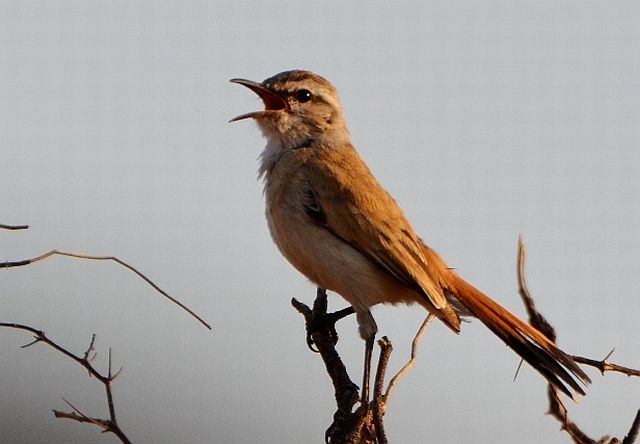 © Mel
© Mel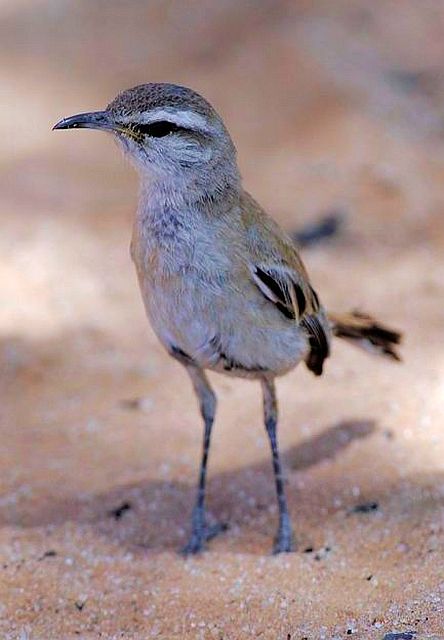 © Dewi
© Dewi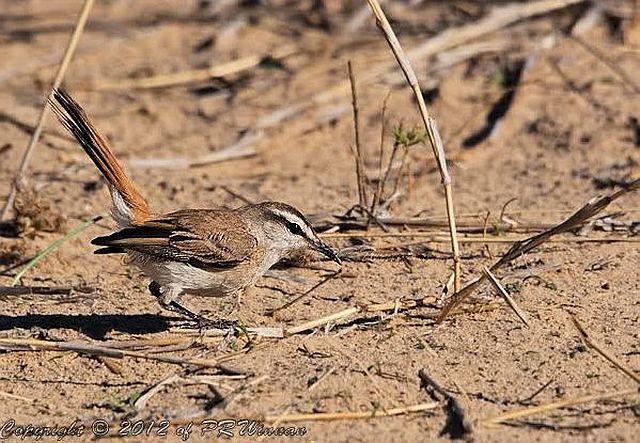 © PRWIN
© PRWIN © Toko
© Toko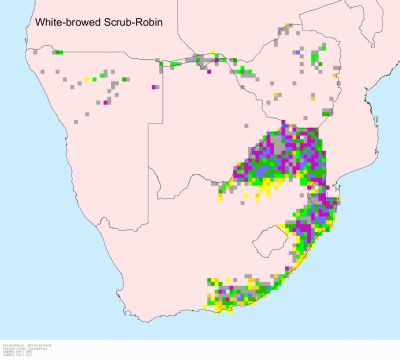
 © Flutterby
© Flutterby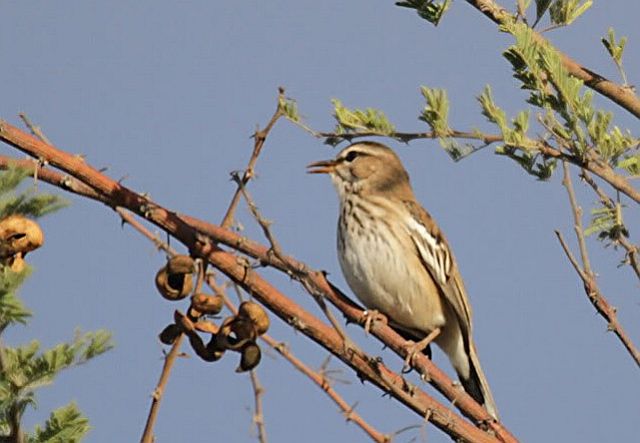 © leachy
© leachy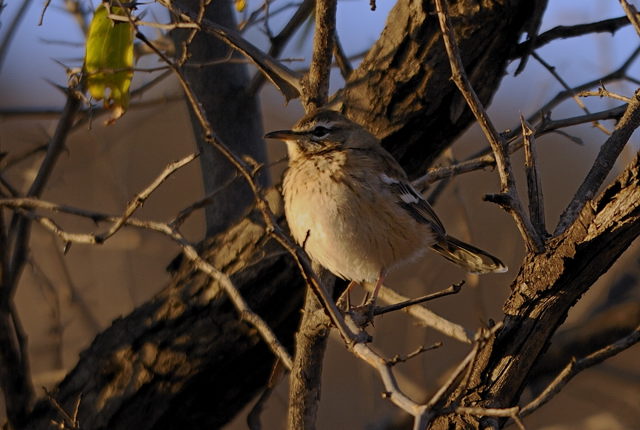 © Dewi
© Dewi © Dewi
© Dewi